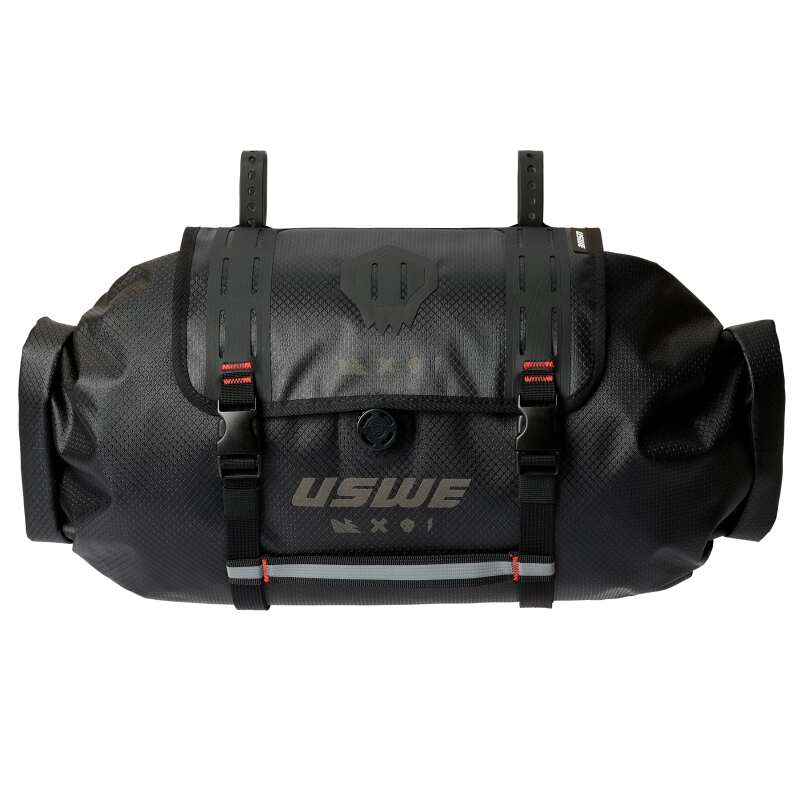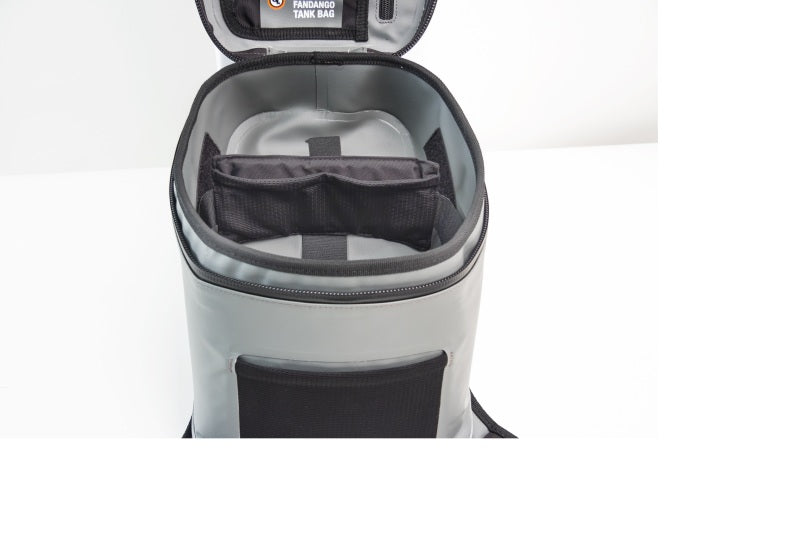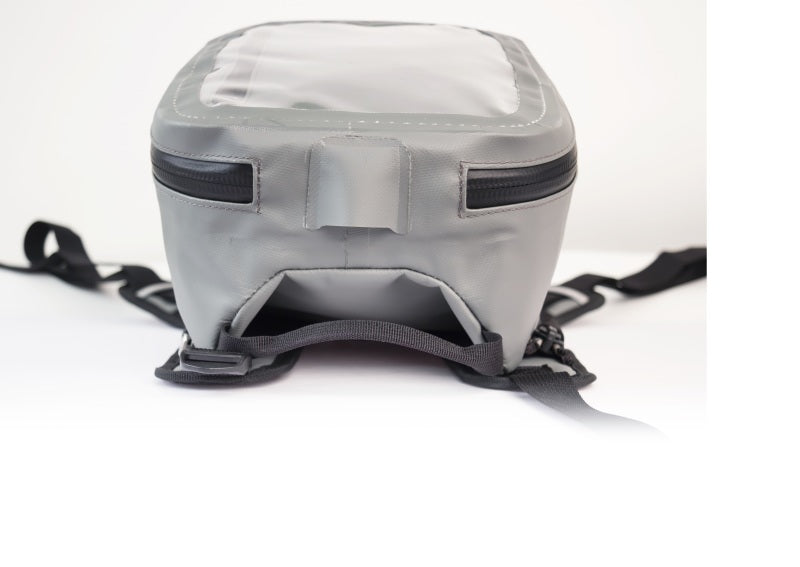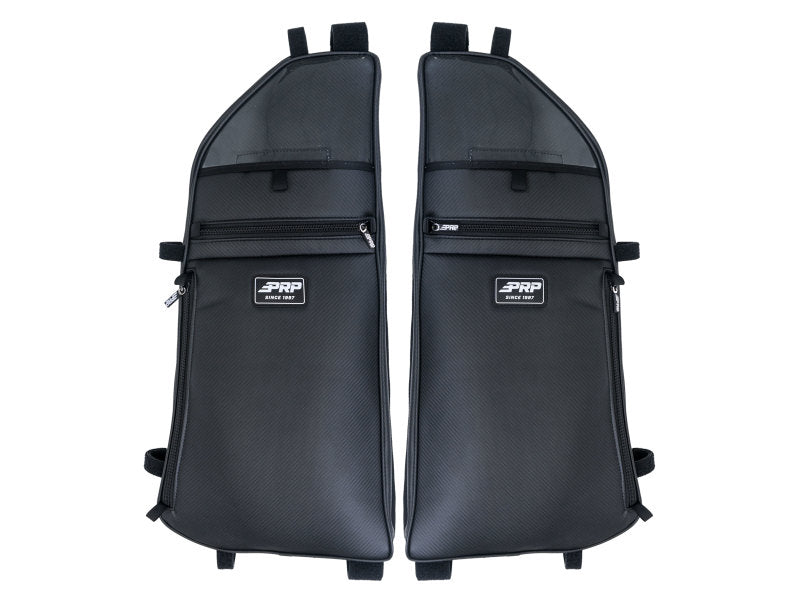Exhaust tips make trucks look better and run smoother with many shapes and types to pick from. You can choose from basic single-wall tips, stronger double-wall tips, or slanted-cut tips, mostly made from tough stainless steel that lasts. When putting them on, you need to measure carefully: big diesel trucks need 4"-5" tips, while gas trucks use 2.5"-4" ones. Getting the right fit means checking the pipe size, making sure there's enough room, and using clamps that match. To keep them looking good, clean them often with the right products. You'll need basic tools like a tape measure, some grease, and the right nuts and bolts to put them on. Picking and installing the perfect exhaust tip takes some know-how, but it's worth it for both how your truck looks and runs.
Key Takeaways
- Choose between single-wall or double-wall tips based on durability needs, with double-wall offering better heat retention and longevity.
- Measure pipe diameter carefully at multiple points to ensure proper fitment, typically 4"-5" for diesel and 2.5"-4" for gas trucks.
- Install exhaust tips when the engine is cool, using lubricant and proper clamps while maintaining adequate clearance from components.
- Select tips that complement your truck's style, considering options like straight-cut, angled, or rolled edges in stainless steel finish.
- Maintain tips by regularly cleaning with specialized products and inspecting for wear, using microfiber cloths for black buildup removal.
Common Types of Exhaust Tips
Different exhaust tips let truck owners make their vehicles look better and run smoother. The basic types include single-wall tips, which do the simple job of letting exhaust out, and double-wall tips that keep heat in check and last longer.
If looks matter most, smooth-edged tips give trucks a clean finish, while angled or slanted cuts make them look tough. Stainless steel finishes are highly resistant to rust and corrosion over time.
These tips do more than just look good - some change how the truck sounds, and others help keep things cool. Custom exhaust systems can significantly boost your truck's overall performance.
Carbon fiber tips are light and handle heat well, while tips that point down help guide exhaust where it needs to go.
With so many choices, truck owners can pick exactly what works best for their needs and style.
Choosing Your Perfect Exhaust Tip
Getting the right exhaust tip for your truck means taking good measurements and making sure it fits well. The right choice will make your truck look better and work properly. Ceramic coated options provide excellent heat protection and prevent discoloration over time. Battery powered tools can make installation much easier and more precise.
- Check your pipe size - use 4"-5" tips for diesel trucks or 2.5"-4" for gas trucks. Make sure there's enough space between the tip and your bumper.
- Pick your style - you can choose from straight-cut tips, angled tips, or rolled edges. Double-walled tips look nicer and last longer.
- Put it on when the engine is cool, using WD-40 to help it slide. You can weld it on or use clamps, depending on what works best for your truck.
Keep your exhaust tip clean with the right cleaning products and polish to make it look good and last longer.
Essential Materials and Tools
You'll need the right supplies and tools for a smooth exhaust tip installation.
Looking at materials, stainless steel and titanium last the longest, while aluminum costs less but doesn't last as long. Carbon fiber looks great and handles heat well, and chrome gives a shiny, fancy look. Regular soap and water works best for basic cleaning and maintenance.
For tools, grab some WD-40 to help things slide, a tape measure to check sizes, and either clamps or welding tools to attach the tip firmly. When selecting components, custom wheels can complement your exhaust tip style for a cohesive look.
Don't forget safety items like thick gloves and eye protection. You'll also want pliers to help position the tip and good measuring tools to match the tip size to your tailpipe.
Keep some metal polish and soft cleaning cloths handy to keep your exhaust tip clean and looking good after it's installed.
Measuring Your Truck's Tailpipe
Getting the right size of your tailpipe is key to picking the perfect exhaust tip. You'll need to check both factory and custom parts to make sure everything fits well. Most trucks use pipes that are 4 to 6 inches wide, and getting exact measurements matters for both looks and how well it works.
- Wrap your tape measure around the pipe opening in several spots to make sure the size stays the same all along.
- Check how much room you have between the pipe and other parts, like the bumper holes and parts under the truck.
- Keep in mind any changes you've made that might make the pipe different from stock size.
Just like all-weather floor mats, proper fitment is crucial for protecting your vehicle's components. If you've changed your exhaust or added custom parts, be extra careful to measure both where the pipe starts and ends. Choosing a proper inlet diameter is essential for achieving the best fit and performance.
Write down all your measurements so you won't have any trouble making things fit your truck. For tricky custom setups, you might want to ask a mechanic for help.
Step-by-Step Installation Process
Put on an exhaust tip with these five basic steps for a great fit and smooth running.
First, spray WD-40 inside the tip to help it slide on easily and stop it from sticking.
Then, line up the tip straight with your tailpipe, making sure it fits nicely through the bumper's hole for a clean look.
Next, attach the tip - either use clamps to grip it or weld it on, based on what works for your exhaust setup.
Check that everything is tight and lined up right.
Last, look closely to make sure nothing's rubbing and no exhaust is leaking out.
Let everything cool down before you start the engine to test if the tip stays put and works like it should.
Sound and Performance Effects
Exhaust tips affect how a truck sounds and runs based on their shape and size. The way a tip is built changes the sound that comes from the exhaust pipe. When picking tips to tune your truck, you need to think about their measurements - big tips (3-4 inches) let more air flow and make deeper sounds, while small tips (1-2 inches) help save gas and keep the noise down.
- Tips that point down make the sound softer by aiming it at the ground.
- Tips cut at an angle make sporty, loud sounds.
- Tips with double walls look good longer but don't change the sound.
When choosing a tip, you need to make sure it fits with enough room and works with your truck's exhaust pipes.
Different tip styles, from cooled ones to six-sided shapes, can change the sound in various ways while keeping the truck running smoothly.
Best Materials for Durability
Picking the right material for a lasting exhaust tip matters a lot. Tests show that stainless steel lasts the longest for the money you spend. It fights off rust well and handles hot temperatures without breaking down. You can learn more about choosing exhaust tips for your specific needs.
While titanium and carbon fiber are stronger and lighter, they cost too much for everyday use. Chrome-coated steel costs less and looks shiny, but it won't last as long as stainless steel because the chrome coating can wear off. If you're interested in durability, stainless steel benefits make it an excellent choice for exhaust systems.
For the toughest conditions, stainless steel remains the top choice, mixing good value with strong performance. Titanium works best when you need something very light, but you'll pay much more for it.
Popular Styles and Finishes
Truck owners can pick from many exhaust tip styles, from basic single-wall tips to fancy dual-wall ones. Common choices include shiny stainless steel for a flashy look, flat black for a modern feel, and color-shifted titanium for something special. Each type looks different but still works well.
- Single-wall and dual-wall tips differ in how long they last and how good they look.
- Slanted cuts and smooth edges give tips a tough, powerful look.
- Downward-facing tips help control noise while looking good.
When picking a finish, you need to think about how long it will last and how it looks. Chrome tips fight rust without costing too much, while black ones look cool and stop rust too.
These days, many people choose six-sided shapes, cooled designs, and uneven cuts to make their trucks stand out.
Maintenance and Care Guidelines
Clean your exhaust tips regularly to keep them looking good. You'll need to clean them more often if you drive in cities or areas with lots of pollution.
To clean the tips, use special cleaners like P21S Polishing Soap or Chemical Guys Grime Reaper APC to remove black buildup. Clean with soft microfiber cloths or very fine steel wool to remove tough spots.
Once clean, use metal polish to make the tips shine and stay protected.
Stay safe by wearing gloves and eye protection while cleaning. Don't use strong cleaners that can damage the finish.
Add a metal sealer after cleaning to keep the tips looking good longer and make future cleaning easier.
Troubleshooting Common Installation Issues
Common problems when installing exhaust tips can be fixed by knowing what to watch out for ahead of time. Most fitting problems happen when people pick the wrong tips, measure wrong, or don't leave enough space between the tip and bumper.
Tips can also come loose or break if the clamps are the wrong size or too tight.
To avoid problems:
- Check your pipe size and make sure tips will fit before you start.
- Make sure tips won't hit any car parts, especially if you've changed anything.
- Don't overtighten clamps - follow the right tightness guide.
For the best results, wear safety gear, wait for your car to cool down, and use some lubricant to help parts slide together.
Get the right fit by checking what the maker suggests, think about both pipes if you have dual exhaust, and pick tips that aren't too long or short.
Frequently Asked Questions
Can Exhaust Tips Affect Emissions Test Results?
Exhaust tips are mostly for looks and don't change how your car performs in emissions tests. What matters is how well your engine runs and what's happening inside your exhaust system, not the shiny parts at the end of your tailpipe.
How Often Should Exhaust Tips Be Replaced Due to Wear?
Exhaust tips typically need checking every 6-12 months. Watch for signs that mean you need a new one: rust spots, cracks or dents, dirt that won't come off, or changes in how your car runs. Replace them when you spot these problems during regular use.
Do Winter Conditions Require Different Exhaust Tip Materials?
Winter weather means you need tough exhaust tips that won't rust, and stainless steel works best. Taking care of your tips during cold months keeps road salt from eating away at them, and using tips with chrome or powder coating helps them last even longer in harsh weather.
Can Exhaust Tips Be Safely Painted to Match Vehicle Color?
You can paint exhaust tips to match your car's color using special heat-resistant paint. For the paint to stick well, clean the tips first and pick paint that can handle very hot temperatures over 500°F.
Conclusion
Proper exhaust tip installation from Gexhaust enhances both performance and aesthetic appeal when executed with precise measurements and appropriate materials. Adherence to installation protocols, including correct alignment, secure clamping, and proper torque specifications, guarantees peak functionality. Regular maintenance, including cleaning and inspection of mounting hardware, extends longevity. When selected and installed correctly, quality exhaust tips provide lasting value while maintaining vehicle aesthetics and performance characteristics. For expert guidance and support, contact us today.





